As agriculture evolves, farmers increasingly turn to advanced fertilizers that offer precision nutrition for crops. Among these innovative solutions is liquid calcium magnesium fertilizer, which provides essential nutrients that improve plant growth, boost soil health, and enhance crop yields. Calcium supports cell wall development, while magnesium plays a vital role in photosynthesis. The efficiency and precision of these fertilizers rely heavily on the operations of a liquid calcium magnesium fertilizer production unit.
The Importance of Calcium and Magnesium in Agriculture
Calcium (Ca) and magnesium (Mg) are essential secondary nutrients that directly impact crop performance.
- Calcium strengthens cell walls, improving fruit firmness, preventing disorders like blossom-end rot, and supporting root health.
- Magnesium is a critical component of chlorophyll, facilitating photosynthesis and enhancing nutrient absorption. A magnesium deficiency leads to poor plant development and reduced yields.
Together, these nutrients play a pivotal role in supporting healthy crop growth, especially in soils that are low in calcium or magnesium. Liquid formulations offer an advantage by providing immediate nutrient availability, helping plants absorb them more efficiently.
How a Liquid Calcium Magnesium Fertilizer Production Unit Operates
A liquid calcium magnesium fertilizer production unit transforms raw minerals into a stable liquid solution ready for agricultural use. Below is an overview of the typical production process:
1. Raw Material Preparation
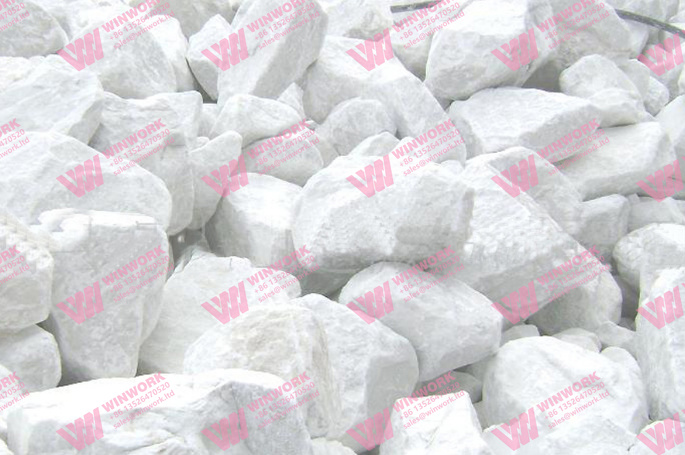
The liquid calcium magnesium fertilizer production begins with the sourcing of high-quality raw materials, including limestone, dolomite, or gypsum (rich in calcium) and magnesium oxide or magnesium sulfate (for magnesium). These materials are inspected for purity to ensure they meet the required standards. The minerals are then crushed into a fine powder to enhance solubility during processing.
2. Dissolution and Mixing
The prepared raw materials are introduced into mixing tanks containing water and acid solutions (such as nitric or citric acid). The acid breaks down the minerals, dissolving the calcium and magnesium compounds into ionic forms that can be easily absorbed by plants.
Mechanical agitators or high-speed mixers ensure that the solution remains uniform throughout the mixing process. Additional ingredients, such as trace elements or stabilizers, may also be added to enhance the fertilizer’s performance and shelf life.
3. Filtration and Clarification
After mixing, the solution passes through filtration systems to remove any impurities, solids, or undissolved particles. This step ensures that the fertilizer remains clear and stable, preventing clogging issues in irrigation or fertigation systems.
4. Quality Control and Testing
Every batch undergoes rigorous quality control testing to verify nutrient concentration, pH balance, and stability. Analytical instruments measure the levels of calcium, magnesium, and other nutrients to ensure consistency with product specifications.
The liquid calcium magnesium fertilizer production unit’s quality assurance team monitors the entire process, from raw material input to the final product, ensuring compliance with regulatory standards and agricultural requirements.
5. Stabilization and pH Adjustment

To maintain long-term stability, the liquid fertilizer is adjusted to the appropriate pH level using buffering agents. This prevents nutrient precipitation and ensures the fertilizer remains effective over time. Stabilizers are also added to prevent the calcium and magnesium from separating or settling during liquid calcium magnesium fertilizer production.
6. Packaging and Storage
Once the fertilizer is ready, it is transferred to automated filling stations for packaging. Liquid calcium magnesium fertilizers are typically packaged in bulk containers, IBC tanks, or smaller bottles for retail use. Automated systems ensure accurate filling, labeling, and sealing to maintain product quality.
Proper storage conditions are essential to prevent degradation. The containers are stored in climate-controlled warehouses, protecting the fertilizer from extreme temperatures and contamination in liquid calcium magnesium fertilizer production.
7. Distribution and Market Delivery
The final product is distributed to agricultural suppliers, retailers, and farms. Many production units also provide customized formulations based on regional crop requirements, ensuring that farmers receive fertilizers tailored to their specific needs.
The Benefits of Liquid Calcium Magnesium Fertilizer Production Units
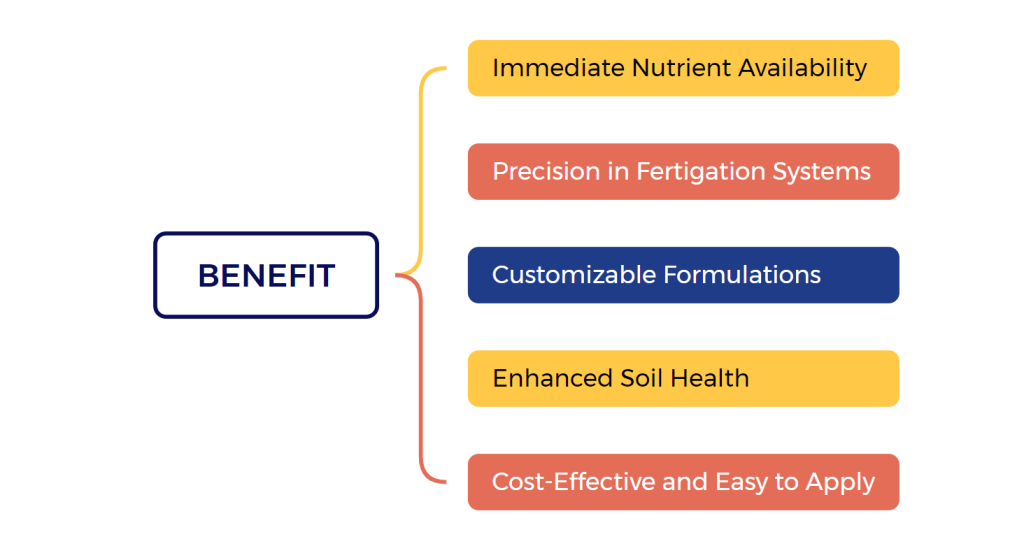
1. Immediate Nutrient Availability
Liquid calcium magnesium fertilizers are highly soluble and offer fast nutrient uptake by plants. This ensures that crops receive timely nutrition, especially during critical growth stages such as flowering and fruiting.
2. Precision in Fertigation Systems
These fertilizers are ideal for fertigation, where nutrients are delivered through irrigation systems. Their liquid form ensures even distribution across fields, enhancing crop uniformity and minimizing nutrient loss.
3. Customizable Formulations
Production units can create tailored blends of calcium and magnesium, along with other micronutrients, to meet the specific needs of different crops and soil types. This flexibility helps farmers optimize their fertilizer programs for better yields.
4. Enhanced Soil Health
In addition to nourishing crops, calcium magnesium fertilizers improve soil structure, reducing compaction and increasing water infiltration. Over time, they promote healthier soils and long-term agricultural sustainability.
5. Cost-Effective and Easy to Apply
Liquid fertilizers are easy to handle, transport, and apply, reducing labor costs and simplifying farm operations. Their precision application also reduces waste, making them more cost-effective than traditional granular fertilizers.
Applications of liquid calcium magnesium fertilizer production in Agriculture
1. Fruit Orchards

Calcium and magnesium are essential for improving fruit quality, firmness, and storage life. Farmers use these fertilizers to prevent disorders like bitter pit in apples and magnesium deficiency in grapes.
2. Greenhouse Crop
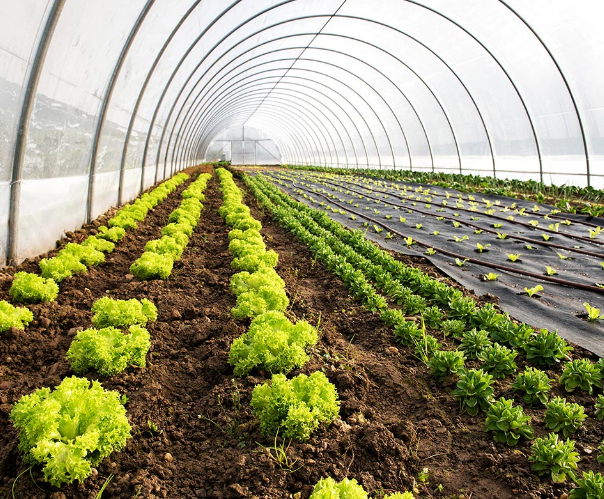
In controlled environments, such as greenhouses, liquid calcium magnesium fertilizers ensure plants receive consistent nutrients, resulting in better growth and higher yields.
3. Vegetable Farming
Crops like tomatoes, peppers, and lettuce benefit from regular applications of calcium and magnesium fertilizers, promoting healthy growth and reducing blossom-end rot.
4. Cereal and Oilseed Crops
Farmers apply calcium magnesium fertilizers to cereal crops like wheat and barley to improve plant strength and yield. Oilseed crops such as canola also benefit from enhanced photosynthesis and nutrient uptake.
Innovations in Liquid Calcium Magnesium Fertilizer Production Units
1. Automated Production Systems
Modern production units incorporate automation and real-time monitoring to ensure consistent product quality. Sensors track temperature, pH, and nutrient levels throughout the production process.
2. Eco-Friendly Production
Some units are adopting sustainable practices, such as recycling water and using renewable energy sources like solar or wind power. This reduces the environmental footprint of fertilizer production.
3. On-Demand Blending Technologies
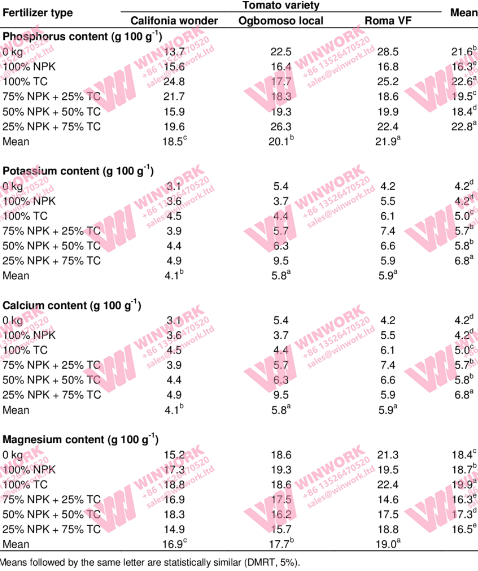
Advanced systems allow for custom formulations to be created on demand, enabling farmers to receive fertilizers tailored to the specific needs of their crops and soil conditions.
4. Enhanced Shelf Life with Stabilizers
Manufacturers are developing innovative stabilizers to extend the shelf life of liquid fertilizers, ensuring they remain effective during transport and storage.
Challenges and Solutions in Liquid calcium magnesium fertilizer production unit
Storage Stability: Liquid fertilizers are prone to nutrient separation or settling. Production units address this by using stabilizers and pH buffers.
Clogging in Irrigation Systems: To prevent clogging, filtration systems are critical during production, ensuring the final product is free of particles.
Raw Material Availability: The availability and purity of minerals can affect production. Manufacturers partner with reliable suppliers and explore alternative sources to ensure a consistent supply.
Conclusion
A liquid calcium magnesium fertilizer production unit plays a crucial role in modern agriculture by transforming minerals into high-quality fertilizers that support sustainable farming. These units ensure precision in nutrient delivery, improve crop performance, and promote long-term soil health. With innovations in automation, customization, and sustainability, these production systems continue to evolve, meeting the growing demand for efficient and eco-friendly fertilizers.
By investing in advanced liquid calcium magnesium fertilizer production units, the agricultural sector can provide farmers with the tools they need to boost yields, reduce costs, and build a more sustainable future. From minerals to market, these fertilizers are shaping the future of agriculture one crop at a time.



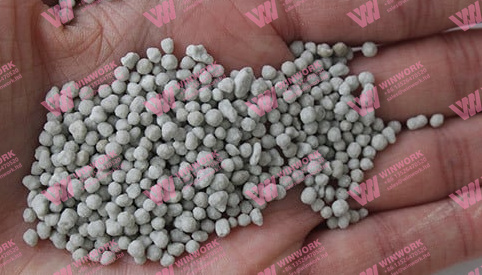
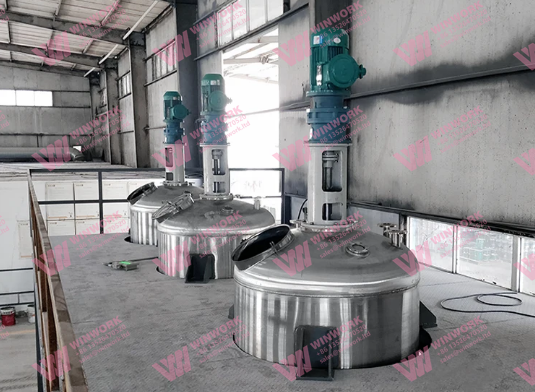
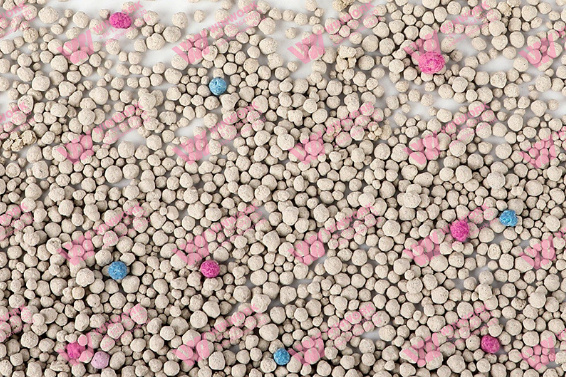
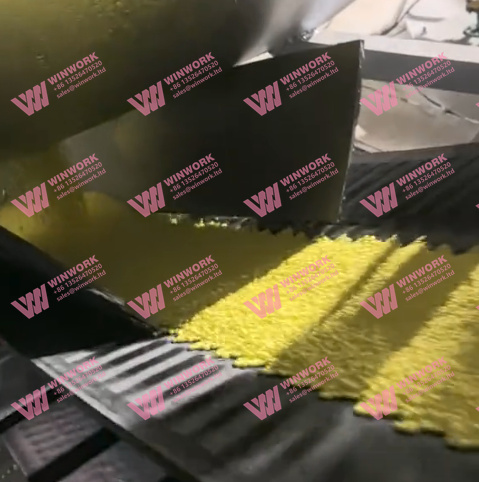
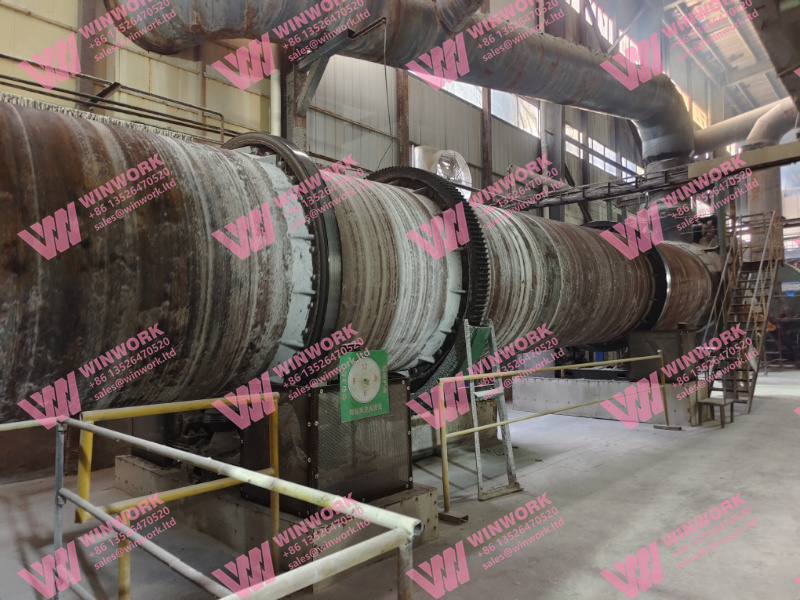
Get A Quote